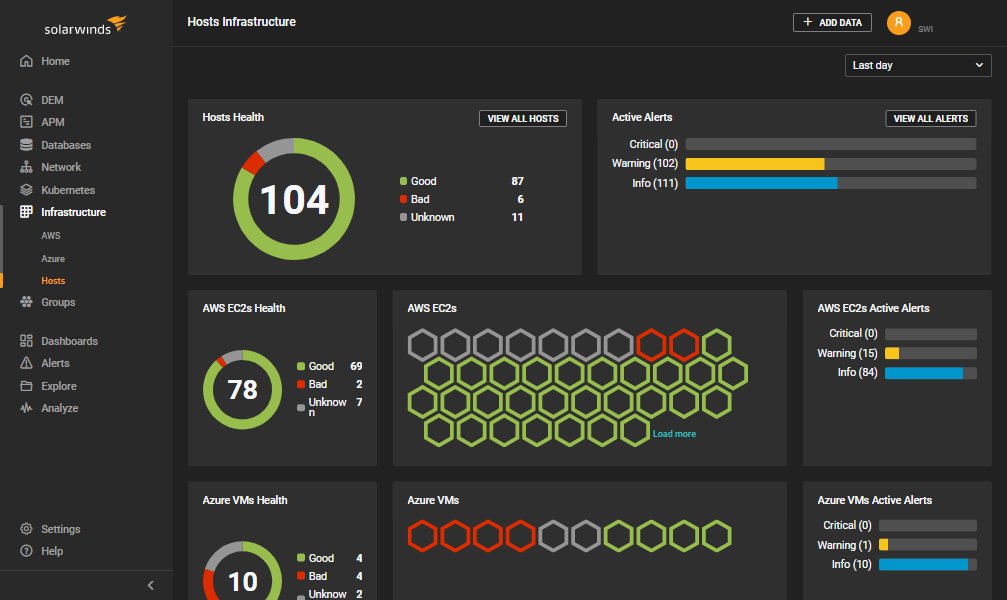The legacy of domain tasting: 380 million deleted domain names

 We stumbled upon an interesting statistic the other day: According to DomainTools there are more than 380 million deleted gTLD domain names, i.e. domain names that at some point have been registered but no longer exist. More than 80% of those are .com domain names.
We stumbled upon an interesting statistic the other day: According to DomainTools there are more than 380 million deleted gTLD domain names, i.e. domain names that at some point have been registered but no longer exist. More than 80% of those are .com domain names.
This number needs to be put into perspective to understand how unnaturally large it is. The total number of active gTLD domain names (.com, .net, .org, etc.) today is about 118 million. We find it hard to believe that on top of these, there would have at some time existed another 380 million legitimate domain names.
So how did that number become so large? The answer is quite simple: domain tasting.






 McAfee had a
McAfee had a 
 The
The  Instant messaging. We all use it, whether it be Skype, Windows Live Messenger, Yahoo! Messenger, or some other IM client or platform. We’ve come a long way since the days of ICQ, when IM as a phenomenon really took off. IM is now such an intricate part of our experience of the internet that we thought an infographic on the subject was in order. Enjoy!
Instant messaging. We all use it, whether it be Skype, Windows Live Messenger, Yahoo! Messenger, or some other IM client or platform. We’ve come a long way since the days of ICQ, when IM as a phenomenon really took off. IM is now such an intricate part of our experience of the internet that we thought an infographic on the subject was in order. Enjoy! When a big website goes down it doesn’t take long before
When a big website goes down it doesn’t take long before 
 Do you want to know more about how big websites like Twitter, Facebook, Hotmail and others handle the technical challenges of dealing with massive amounts of visitors?
Do you want to know more about how big websites like Twitter, Facebook, Hotmail and others handle the technical challenges of dealing with massive amounts of visitors? Three tech companies seem to come up over and over again. They’ve become the trinity of tech, at least as far as most IT consumers are concerned. They are
Three tech companies seem to come up over and over again. They’ve become the trinity of tech, at least as far as most IT consumers are concerned. They are 


 Five years ago, no one had heard about
Five years ago, no one had heard about  We wanted to share an interesting observation regarding the two social networks that are dominating our collective mindshare these days:
We wanted to share an interesting observation regarding the two social networks that are dominating our collective mindshare these days: 
 The hardware in the sky that makes the Global Positioning System work is a mystery to most of us. You, however, will soon know a lot more about it.
The hardware in the sky that makes the Global Positioning System work is a mystery to most of us. You, however, will soon know a lot more about it.


 What do Android, Visio, Flash, Hotmail, Google Analytics and Powerpoint all have in common? Can you guess?
What do Android, Visio, Flash, Hotmail, Google Analytics and Powerpoint all have in common? Can you guess? We all know
We all know 



















